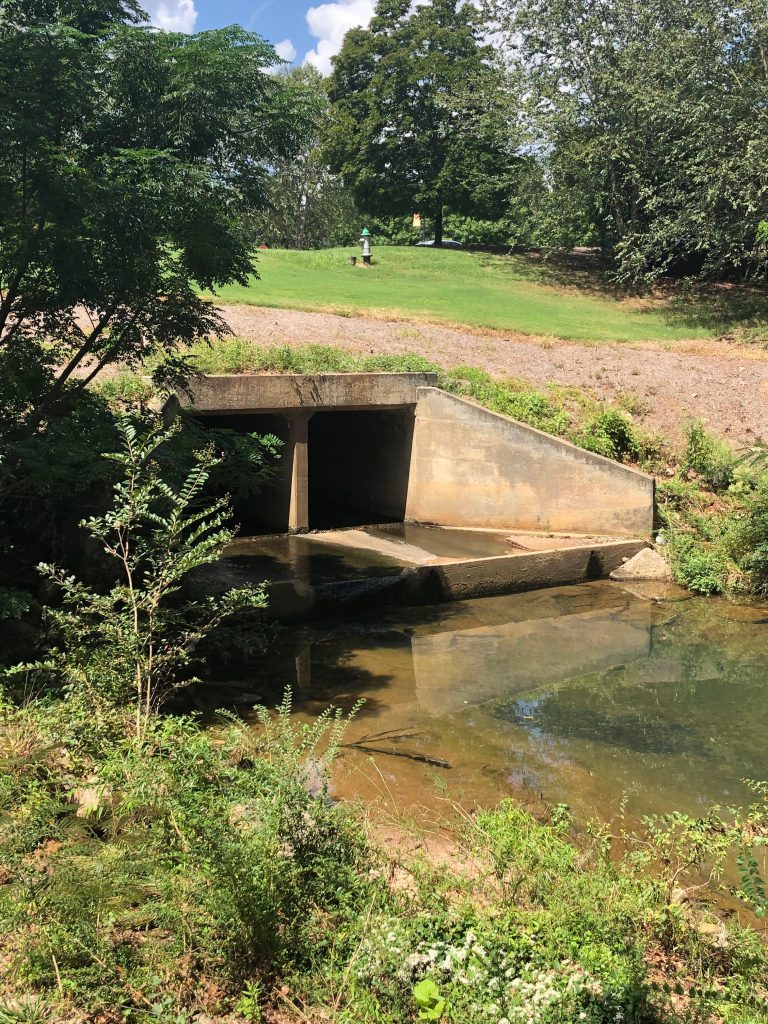Although this was supposed to be a simulation, the whole thing felt real. For some reason, I felt the burden of all the world in my hands. It feels funny to say that, but it was such a cool experience. It wasn’t the real thing but it brought me close to it. The role I played was the ambassador for “Other Developed Countries”. It was cool. I was not like the main country like the U.S. but it still felt like my countries could make a huge impact.
Before this simulation, I had certain views about solving the climate crisis. This simulation changed all that. I did not understand the extent of the other factors we had to take into account when making decisions. For example, it was hard to get the under-developed countries to enforce policies due to corruption that existed in their countries. The under-developed countries needed money which they didn’t have. Some developed countries did not want to give them this money. There were so many things to factor in that making a group decision was rather difficult.
At first, my group was actually rather stingy with our money and had other ideas of solving this crisis (hint: the suggestion was peaceful). One of our group members suggested invading the under-developed countries. The thing is that our countries weren’t causing the main problems. The under-developed countries were causing all the problems in terms of pollution. China was also one of the top causes of all the pollution. The next problem was the fact these countries were under-funded (except China). Our country did not have as much as money as countries such as the U.S. or China to give. Our stinginess led to a stalemate. No country wanted to give money. Since no country gave money to the under-developed countries, they didn’t put any sanctions in place. We decided to break this stalemate. Our group changed our minds and pledged $50 billion if USA pledged at least $100. This led to better deal making with all the countries.
I definitely think emissions can be cut, but it is very very difficult to get them cut. In an ideal world, all the countries would work together to solve this crisis. US pulling out of the Paris accords did not help at all. If the countries dropped their egos and worked together, we could solve the crisis we have right now.
The biggest thing that was holding us back was the selfishness of everybody. Not a single country was selfless and that was understandable. Obviously nobody wants to give up a lot without receiving a lot. This problem was holding us back. Eventually, we overcame it. In real life, it is much harder to solve this problem.
I think the best change that the U.S. can make is in the government. Lobbying plays a huge part in stopping the climate crisis. Oil companies pay politicians so they can pass bills that allow unhealthy stuff to go on. If oil companies are monitored closely, we can solve a lot of the pollution the U.S. produces. Taxes on the companies can give us the money to give to the under-developed countries.




